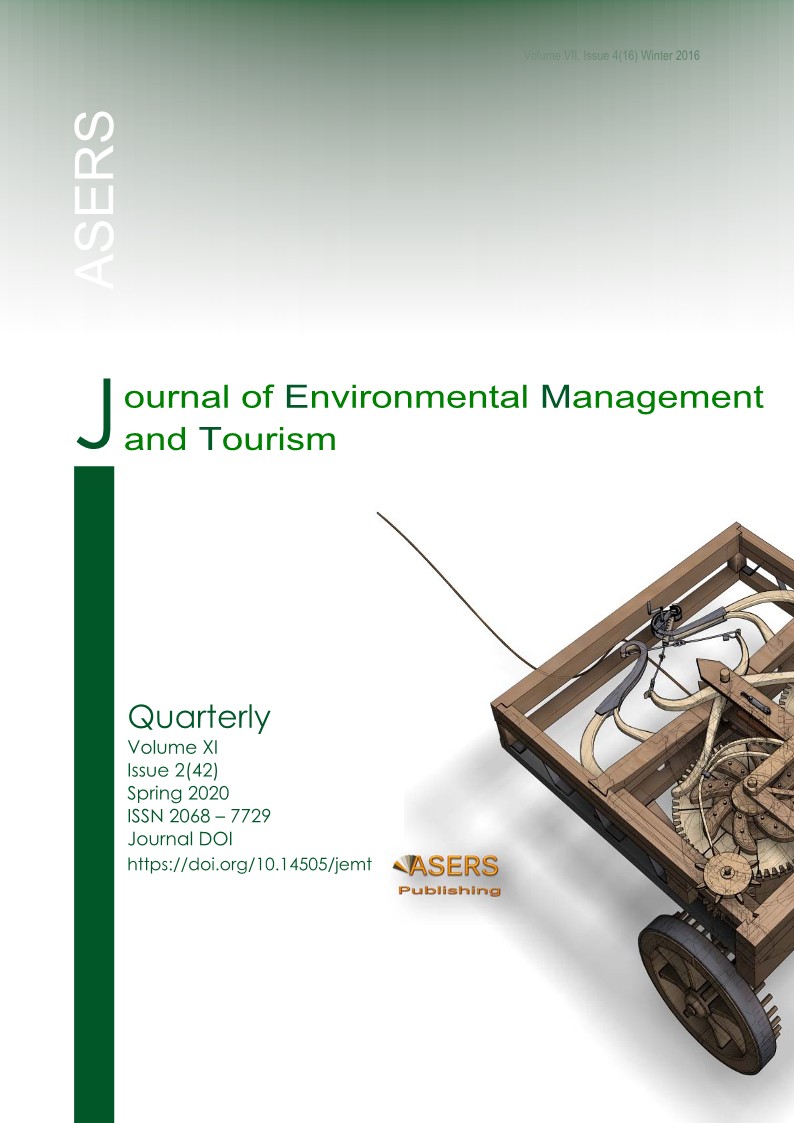Community Participation and Sustainable Tourism Development Model in Komodo National Park
Community Participation and Sustainable Tourism Development Model in Komodo National Park
Author(s): Fred Benu, Moni W. MUSKANAN, Paul G. King, Halena M. AsaSubject(s): Economy, National Economy, Tourism
Published by: ASERS Publishing
Keywords: sustainable tourism; socio-cultural values; environmental and economic prosperity;
Summary/Abstract: Komodo Island is a small island in the Flores archipelago, in the East Nusa Tenggara Province of Indonesia, which comes under the authority of the District Government of West Manggarai centred in the capital city of Labuan Bajo. The increasing number of tourist visits to the Komodo National Park (KNP) has had various impacts on the local communities. This report concerns findings of research conducted regarding community perspectives on tourism development in the KNP and its environs. A quantitative analysis using Structural Equation Modelling (SEM) was performed to analyse the responses of the local community regarding sustainable, community-based tourism development including social equity, cultural vitality, environmental sustainability and economic prosperity. The A's of tourism (Attraction, Access and Amenities) concept form the basis of analysis of the data collected. The results from the SEM analysis of responses of the community show that sustainable, community-based tourism development in KNP may, in the long term, be improved by more than two percent, if all stakeholders have the commitment to improve the conditions of rural tourism employment, the tourism activities of local businesses, the number of livelihood alternatives and economic growth, and also per capita income by at least one percent. At the same time, conservation awareness programs, community involvement in the planning process, training courses about local cultural heritage for tourism employees, information about the village’s social protocols; and cultural art exhibitions, could greatly enhance sustainable, community-based tourism development. These activities should improve attraction rating, tourism facilities rating, protection of historical & cultural sites, and increase the number of tourism operators with an environmental policy.
Journal: Journal of Environmental Management and Tourism (JEMT)
- Issue Year: XI/2020
- Issue No: 02 (42)
- Page Range: 250-262
- Page Count: 13
- Language: English
- Content File-PDF

